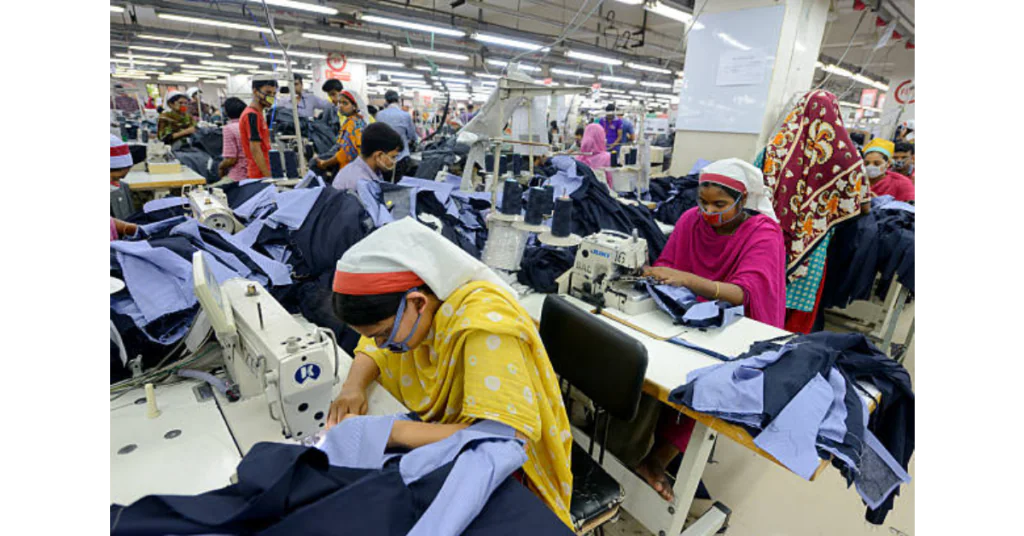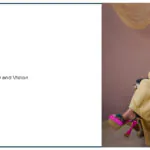– Courtesy: Saifur Rahman
The local fashion industry in Bangladesh began in 1973, just two years after the country gained independence. Back then, the idea of a ready-made garment sector was still in its infancy. Despite the passage of so many years, the local fashion industry has neither received proper guidance nor established a solid foundation. This is mainly due to its origins in the hands of non-professionals. Even business success has not been enough to professionalize it. The inability to organize has resulted in repeated setbacks.
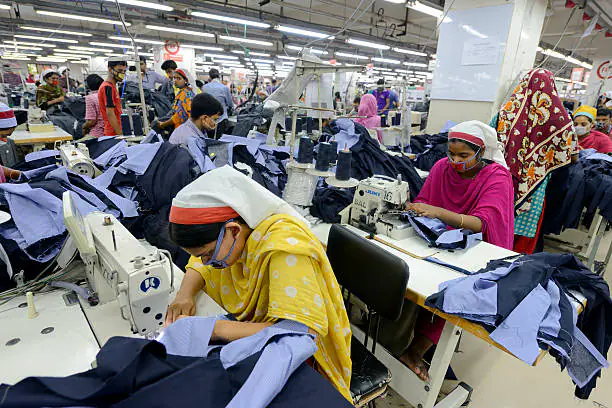
As time goes on, the local fashion industry continues to fall behind. Over five decades, it should have been able to organize and solidify its position, but the failure to unite has resulted in missed opportunities. Consequently, despite its vast expansion, the industry has not received official recognition from the government. The responsibility for this shortfall lies with the industry itself, leading to numerous challenges.
Statistics reveal that until 2005, most local brands enjoyed robust business. Even though there was a downturn, the situation was manageable until 2010. However, conditions began to worsen, and the COVID-19 pandemic exacerbated the problem. The industry has struggled to recover post-pandemic, largely due to an inability to keep pace with changing times. Ignorance or neglect of the target group and failure to prioritize digital marketing have further contributed to their decline. Additionally, the lack of innovation in design, reliance on clichés, and conventional designs have also played a role. Nonetheless, several brands managed decent sales last Eid.
The inability to unite and establish a proper industrial sector has subjected the industry to various pressures. On top of this, the government’s preferential treatment of imported goods, particularly in the latest budget, has intensified the situation. The current fiscal year’s budget has significantly reduced supplementary duties on 172 types of imported garments for men, women, and children. The total tax burden on these imported products has been reduced from 122.5% to 100%. Notable items with reduced supplementary duties include T-shirts, trousers, suits, jackets, shirts, and raincoats for men, women, and children. This is the second consecutive budget offering such benefits.

In the fiscal year 2022-23, the total tax burden on importing these 172 types of garments was 127.72%. The following fiscal year 2023-24 saw a reduction to 122.50% due to decreased supplementary duties.
With the reduction of supplementary duties in the fiscal year 2023-24, the import of ready-made garments has increased. Bangladesh is the world’s second-largest exporter of ready-made garments, and a distinct local garment industry has also developed. The rationale behind encouraging the import of foreign garments is unclear. It is evident that such a blanket encouragement of foreign garment imports will place local brands at an unfair disadvantage.
According to the National Board of Revenue (NBR), last year, Bangladesh imported 23.5 million ready-made garments worth 5.02 billion BDT. In 2022, 26.3 million pieces of garments were imported, costing 4.66 billion BDT. The higher cost last year was due to the increased value of the dollar, despite a lower volume of imports. From January to March of this year, 7.5 million pieces of garments were imported, costing 2.14 billion BDT. These garments come from over 90 countries, with 96% originating from India, Pakistan, and China.

The Finance Minister’s budget speech highlighted the need to rationalize tariff rates to align with WTO regulations and the transition from a Least Developed Country (LDC) to a developing country. One key requirement is the phased withdrawal of minimum and tariff values, as well as regulatory and supplementary duties.
However, due to rising costs of wages, raw materials, and electricity, entrepreneurs are already facing significant challenges. Despite high tax rates, a large volume of ready-made garments is still being imported. Industry stakeholders believe that reducing the tax rates further could lead to disastrous consequences, flooding the market with imported garments and demotivating local entrepreneurs. They argue that the decision to reduce import duties should be reconsidered to protect the local industry.
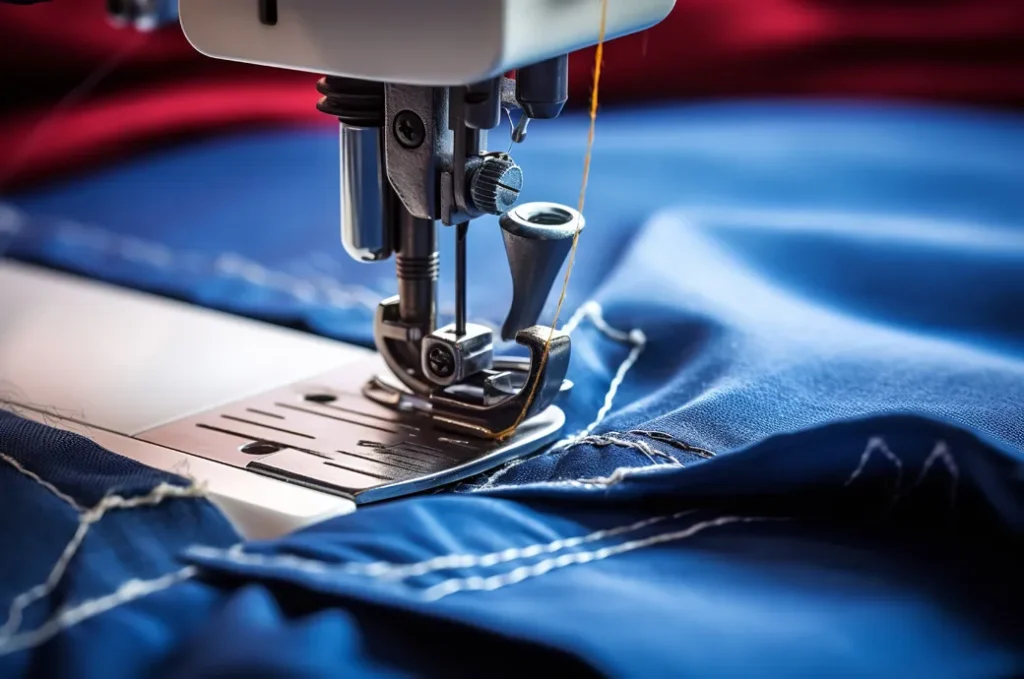
Local fashion businesses work year-round with various marginalized groups, including numerous artisans. This industry also provides employment opportunities for rural women and has a significant number of micro, small, and medium-sized entrepreneurs in the supply chain. Compared to many other sectors, the local fashion industry generates more employment. Encouraging the import of foreign garments could gradually displace marginal weavers, artisans, and those involved in embroidery, leading to job losses.
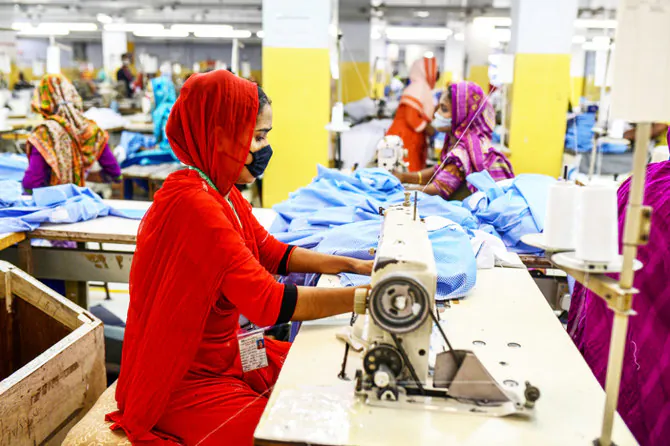
In the national interest, import duties on foreign garments should not be reduced; instead, they should be increased. This would protect the local industry and ensure the livelihoods of marginalized people. However, it cannot be denied that the weaknesses of the fashion house owners themselves are contributing to the industry’s peril. The only way to overcome this is to organize, strengthen relationships with the government, and secure recognition for the industry. This would facilitate the necessary lobbying and provide a solid foundation for the industry.

